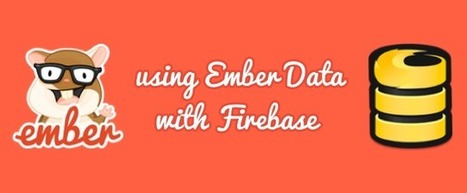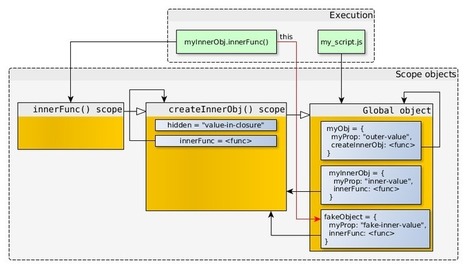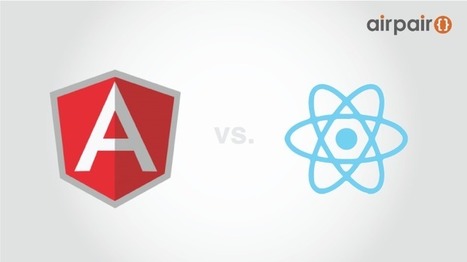When unit testing React components the common approach has been to render them into a DOM (with something like jsdom) and run some assertions against them with the help of the React TestUtils.
This has changed in 0.13 where an early implementation of shallow rendering is now ready to use.




 Your new post is loading...
Your new post is loading...

























